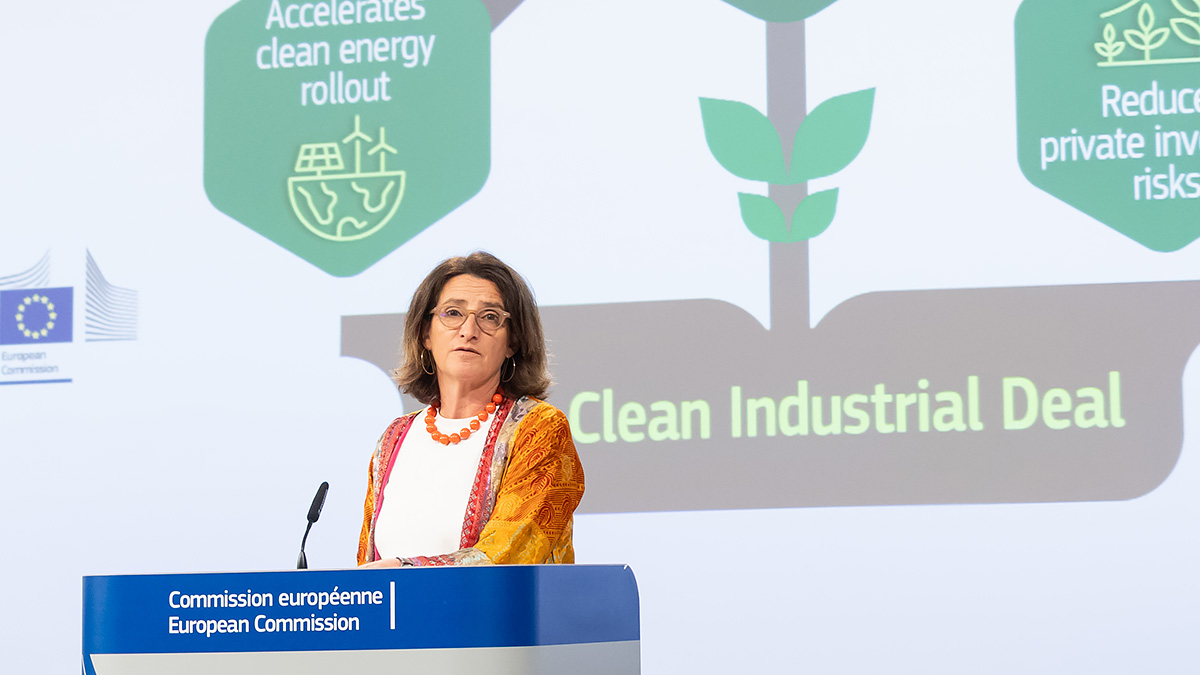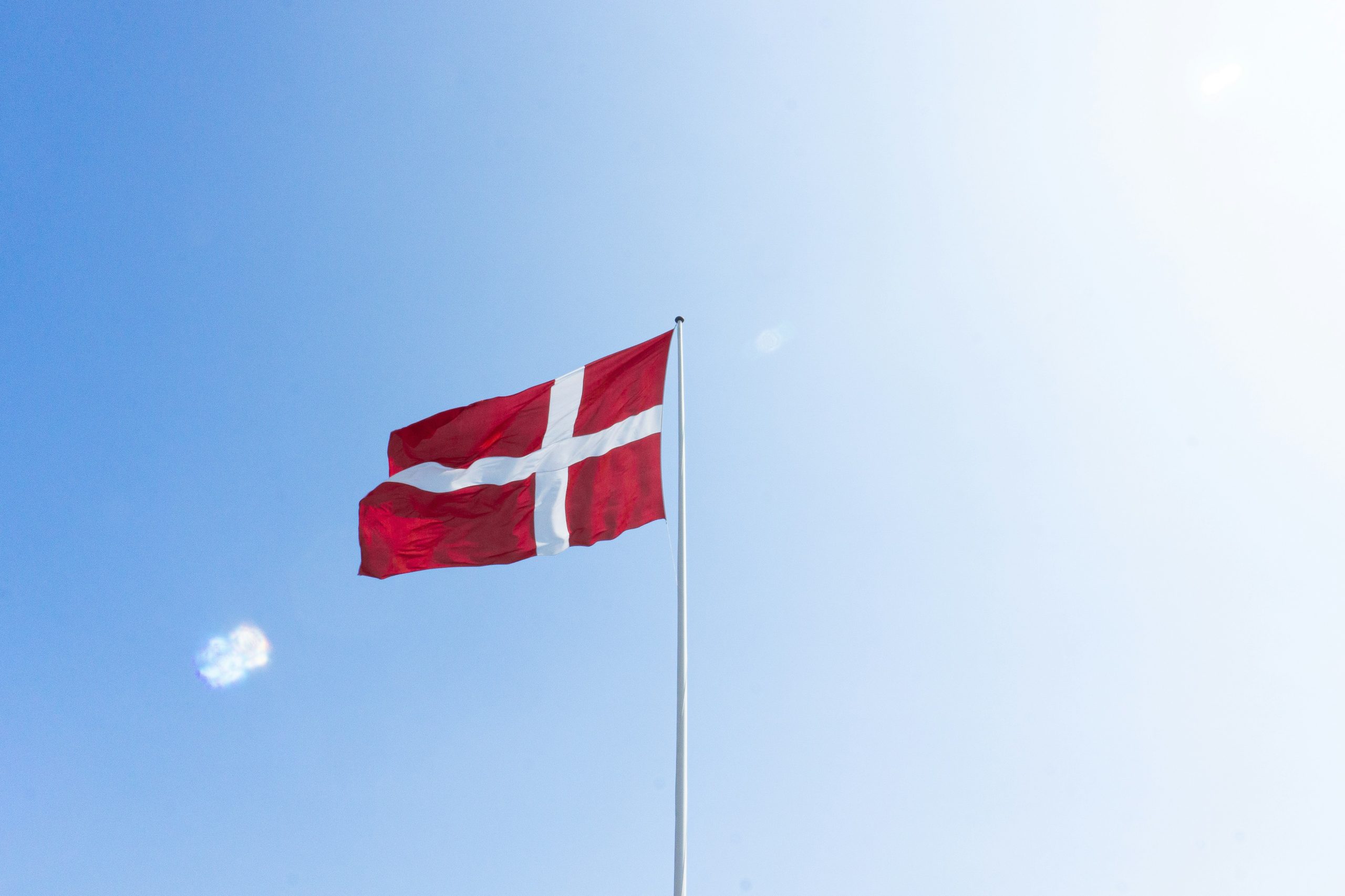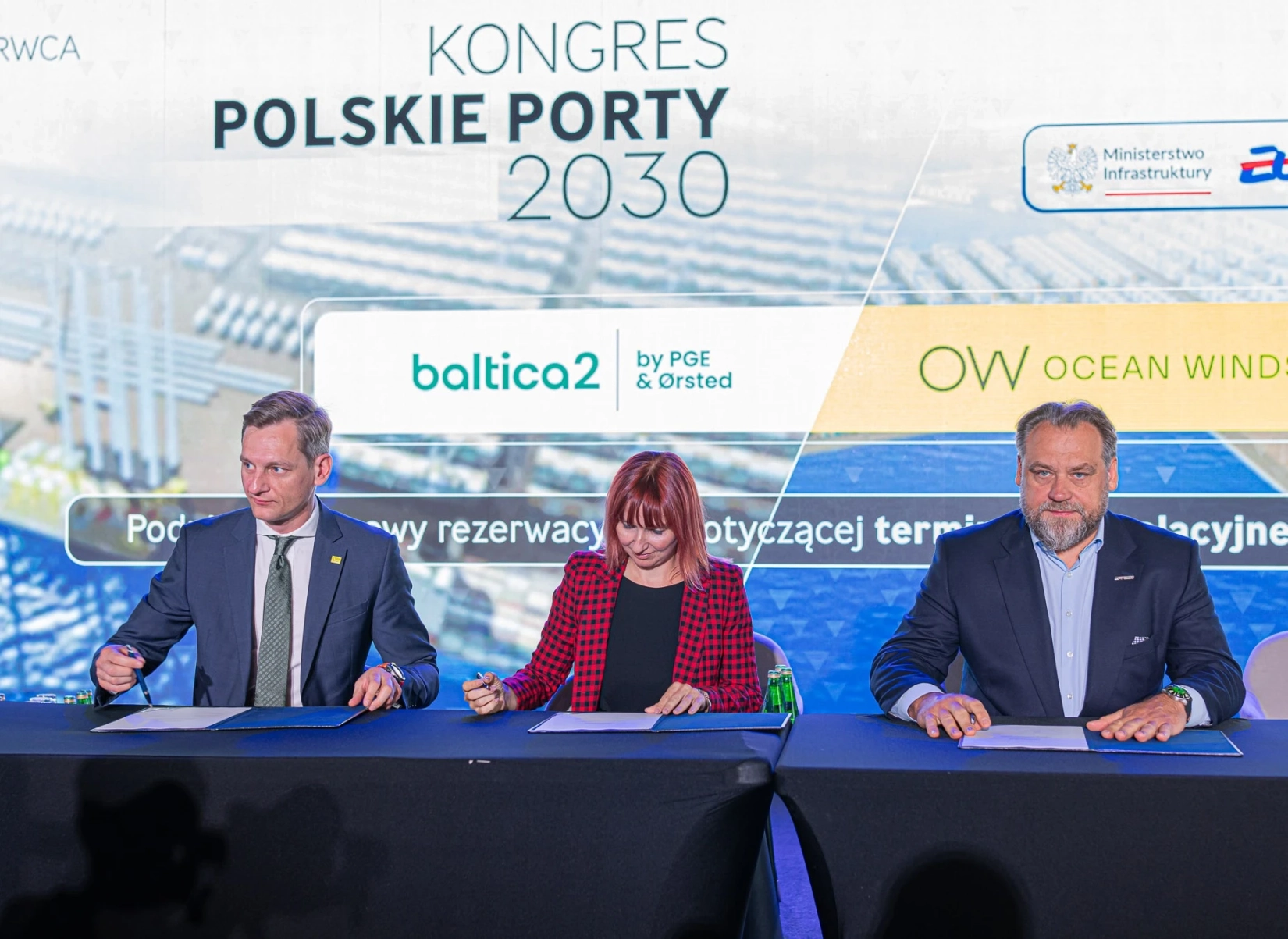BalticWind.EU asked industry leaders and key policy-makers for their assessment of what has been achieved in the past year and what the forecasts are for 2024. In today’s interview of the „Baltic Sea Offshore Wind – 2024 Outlook” series, we present the opinion of Kacper Kostrzewa, BC-Wind Project Director, Ocean Winds.
What is the most significant development for the offshore wind in 2023?
In 2023, significant developments unfolded in the offshore wind sector, marked by a series of announcements and updates on the progress of new and existing wind farms. On the national front, Poland witnessed notable advancements, including changes in regulatory frameworks and the Renewable Energy Sources (RES) development strategy. Key milestones were the parliamentary elections and the establishment of a new government. The resulting shifts in power structures may have implications for industry regulations, particularly in the realms of supply chains and local content development. We regard these changes positively, as they present opportunities for the development of projects in the initial and subsequent phases of offshore wind initiatives in Poland through strategic partnerships.
At the European level, a crucial milestone was the endorsement of the European Wind Energy Charter. This pivotal document underscores a commitment to achieving the goals outlined in the EU Wind Power Package, which includes raising the EU’s offshore renewable energy target to 111 GW by 2030. The importance of this charter lies in its introduction of fifteen priority actions aimed at enhancing the competitiveness of the wind energy value chain.
As private investors in the European market, we consider provisions such as the revision of auction criteria and the transparent publication of auction schedules and 10-year wind energy development plans essential for informed business decision-making.
What are the most important challenges for offshore wind development in 2024?
The global industry is currently facing various challenges. These include the rising costs of construction, driven by inflation and material scarcity, delays in obtaining permits, reliance on imported raw materials, capital expenses, and geopolitical uncertainties. Future challenges also include the expected global gap in vessel installation capacity for foundations, wind turbines, and cables, which could potentially impact the speed of offshore wind farm installation.
On a local scale, there is a need to enhance the supply chain and create opportunities for Polish companies to introduce innovative solutions for offshore wind farms. Consequently, as part of the ELBE Eurocluster Challenge, we have submitted a proposal to develop an innovative system of unmanned autonomous vehicles tailored for offshore wind farms, specifically addressing the needs of BC-Wind in Poland. This initiative aligns with our broader Innovation Strategy for BC-Wind.
What matters related to offshore wind energy will you particularly focus on in 2024?
In 2024, we foresee a significant year as we approach key milestones in our BC- Wind farm project. Our plan involves completing the contracting process with key suppliers for offshore wind farm components and making the crucial final investment decision (FID). Among the critical tasks ahead, we will focus on selecting the turbine supplier, concluding the geotechnical campaign, and finalizing the environmental studies necessary for obtaining the environmental decision for the O&M base. Additionally, attention will be devoted to developing the layout of the offshore wind farm and formulating its financing model.
It’s important to highlight that a significant aspect involves closing tenders and finalizing contracts with consultants who will support us in securing a construction permit. During the first quarter, our aim is to approve all necessary expert reports crucial for obtaining the construction permit and acquire an environmental decision for the onshore infrastructure, a milestone we anticipate achieving by mid-year.












